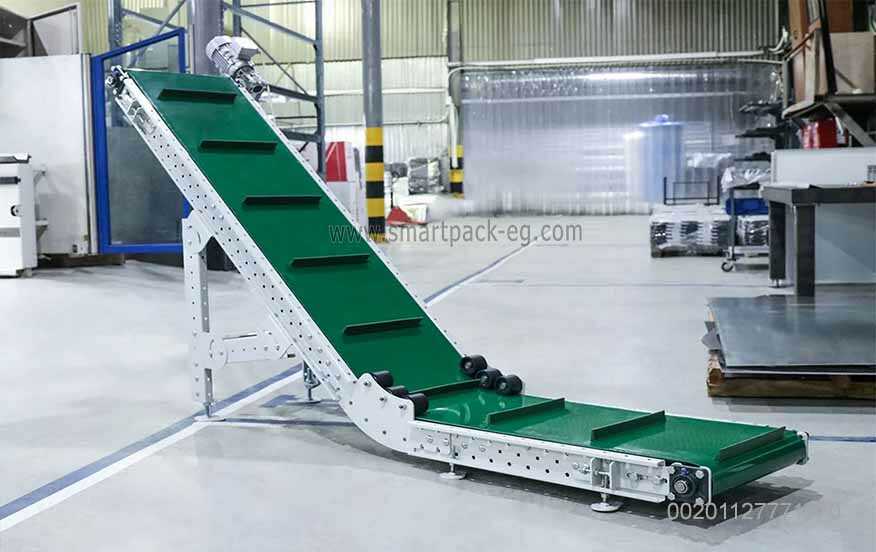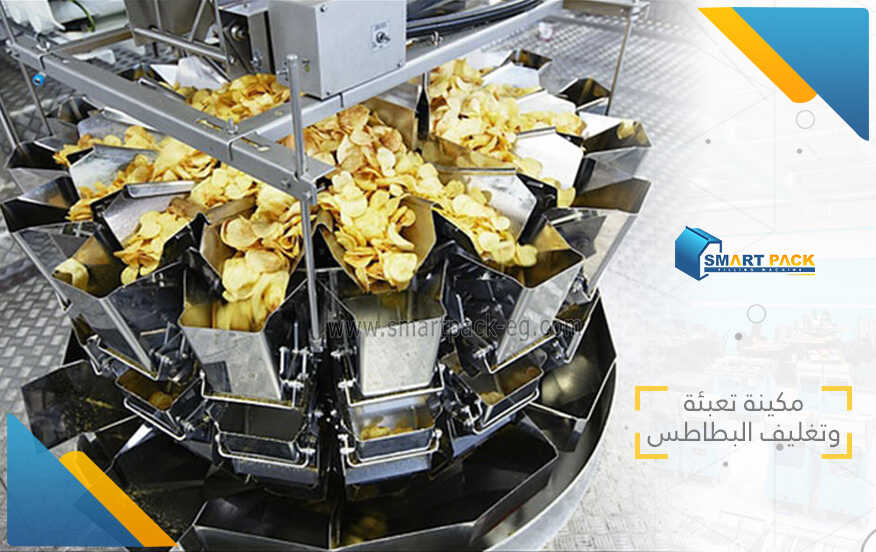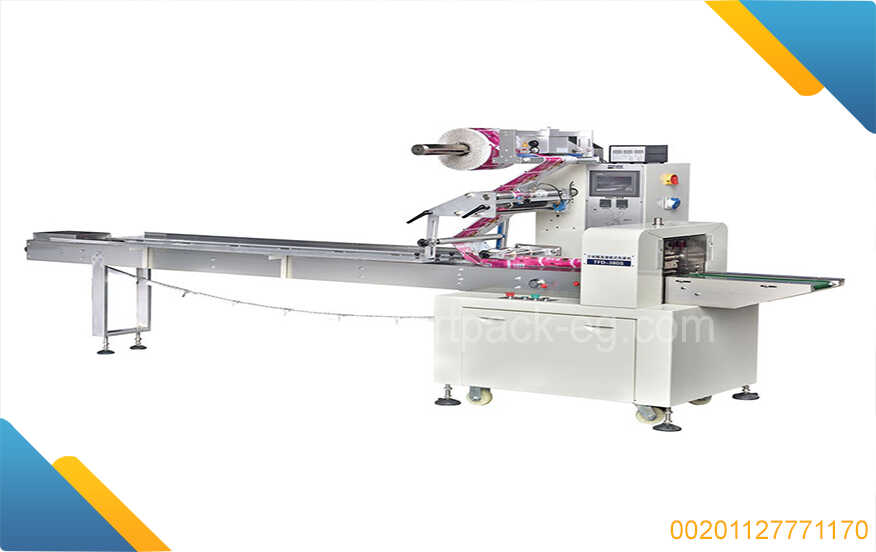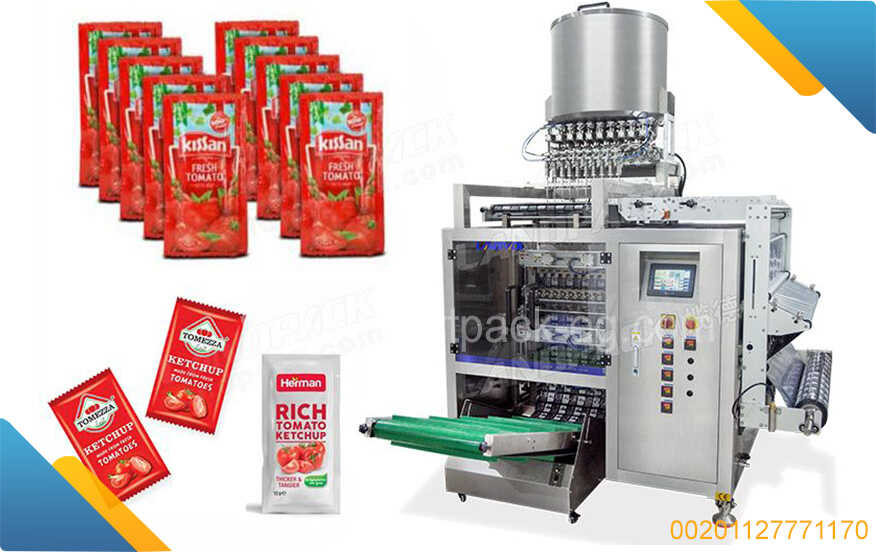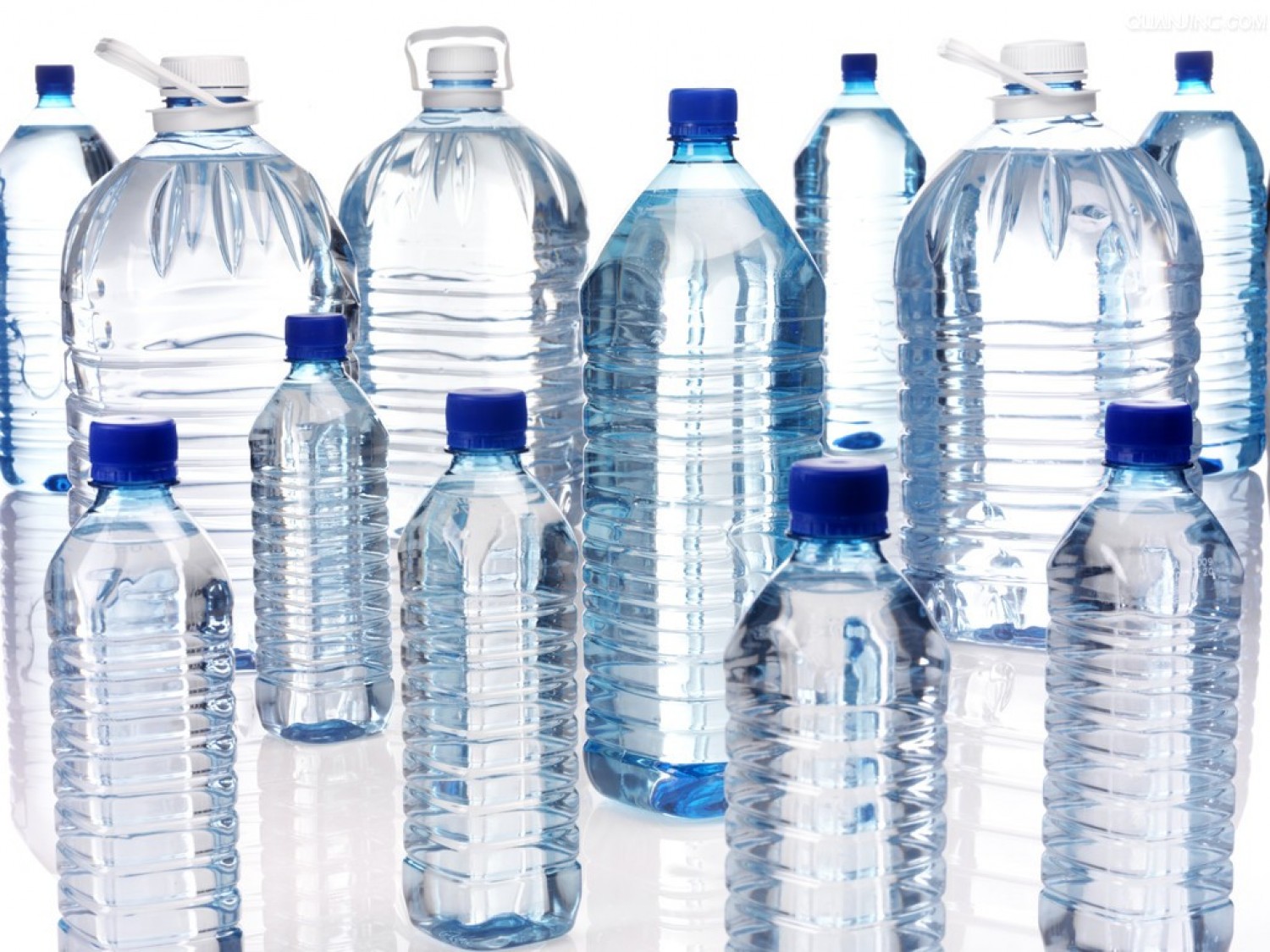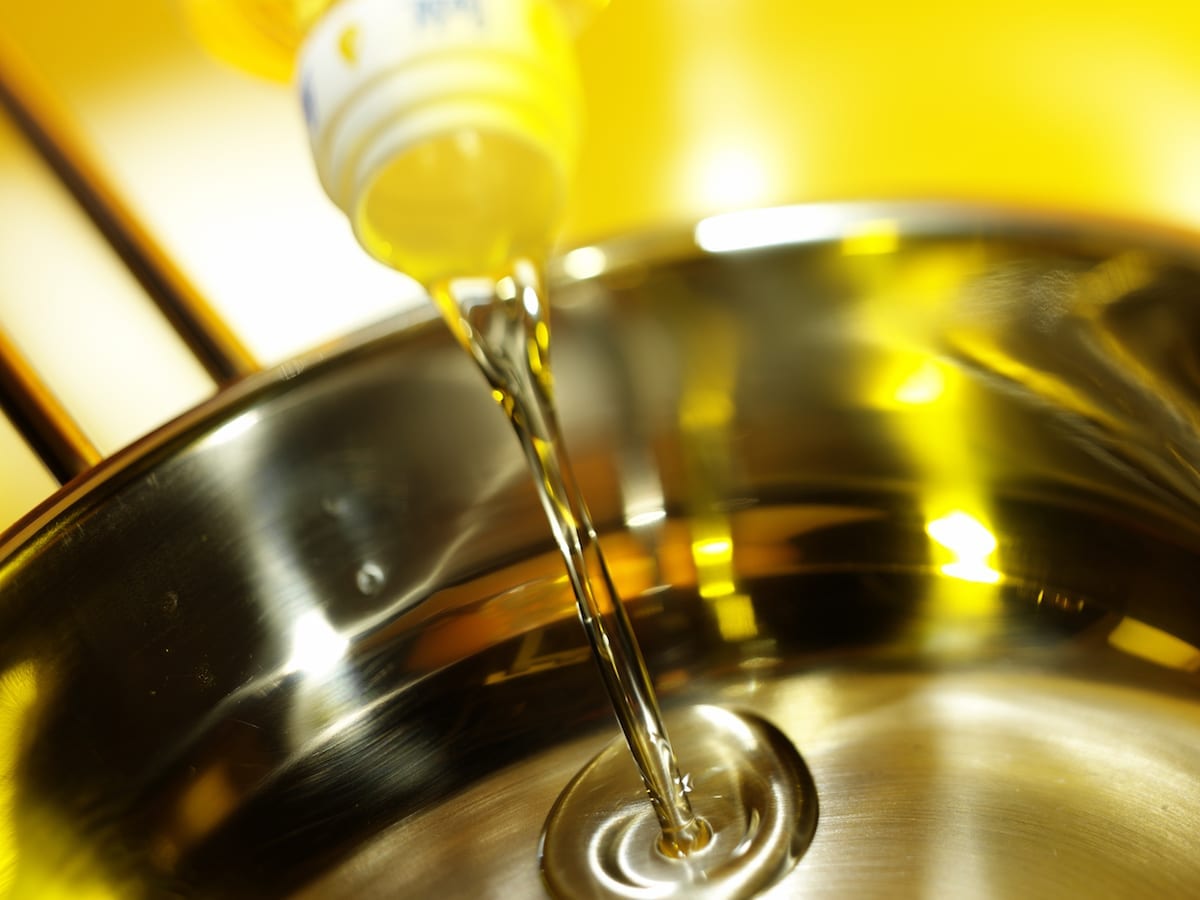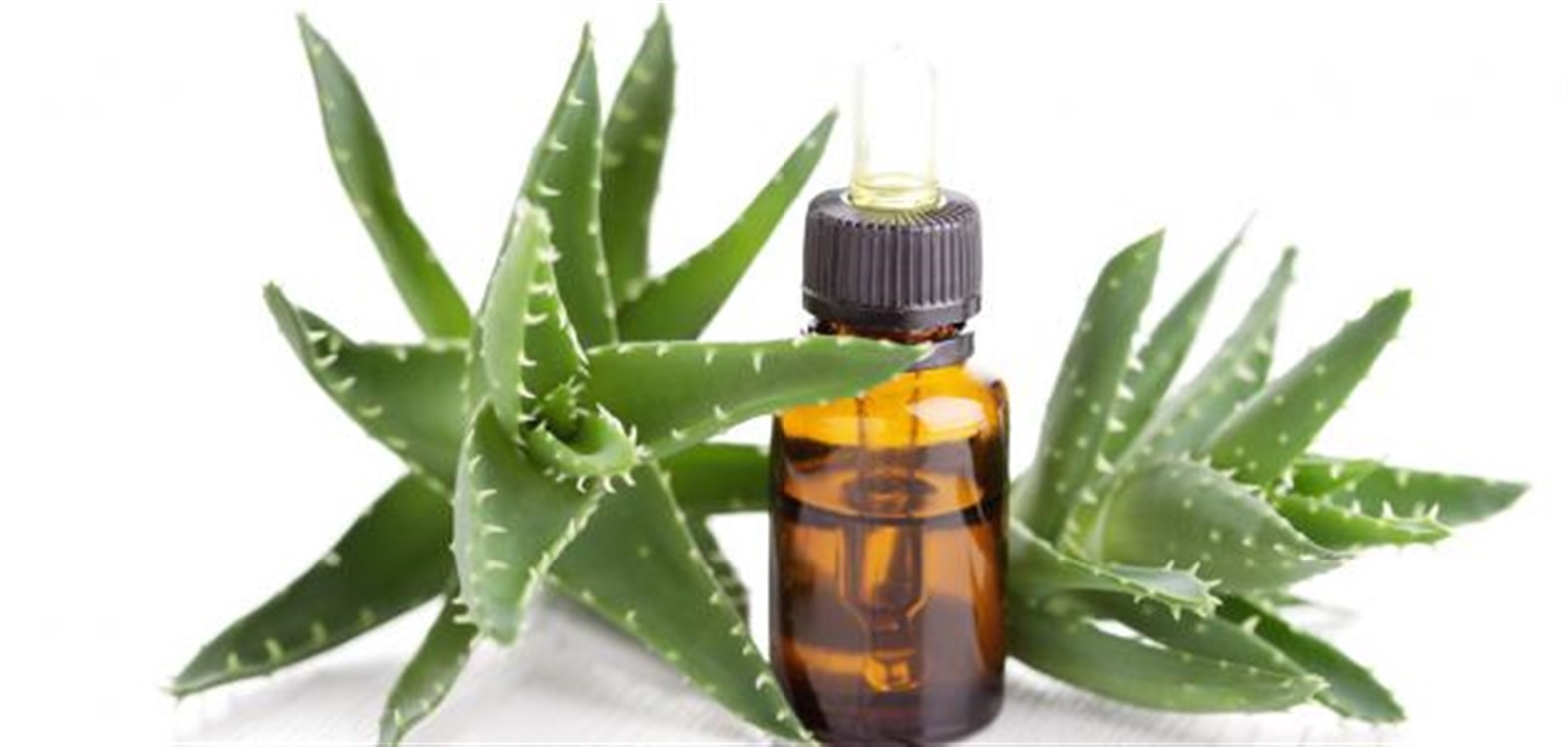How To Guide: Perfume Production and Packaging Factory Machines
Introduction:
Welcome to this comprehensive guide on perfume production and packaging factory machines. In this guide, we will explore the different types of machines used in perfume manufacturing, the components involved, and the processing methods employed. Perfume production requires precision, efficiency, and quality control at every step. So, let's dive into the world of perfume manufacturing machinery and discover the key aspects of this fascinating industry.
-
Perfume Manufacturing Machines:
Perfume manufacturing typically involves a series of machines that work together to create the final product. Here are the key machines used in perfume production:a. Mixing Tanks: These stainless steel tanks are used for mixing and blending fragrance oils, essential oils, and other ingredients. They ensure uniformity in fragrance concentration and facilitate the homogenization of the perfume mixture.
b. Distillation Units: Distillation units are essential for extracting essential oils from various botanical sources. They employ steam distillation or solvent extraction methods to obtain the aromatic compounds that form the base of perfumes.
c. Filtration Systems: Filtration systems remove impurities and particulates from the perfume mixture. They ensure the final product is free from any unwanted substances and maintain the desired quality.
d. Cooling Chambers: Cooling chambers are used to cool down the perfume mixture after the distillation process. They accelerate the cooling process and help maintain the stability and quality of the perfume.
e. Filling Machines: These machines are used for filling perfume bottles with the final product. They offer precise measurements, speed, and flexibility in filling different shapes and sizes of perfume bottles.
-
Components Used in Perfume Production:
Perfume production involves a range of components that contribute to the overall quality and stability of the final product. Here are some common components used in perfume manufacturing:a. Fragrance Oils: Fragrance oils are a mixture of aromatic compounds that provide the desired scent to the perfume. These oils can be synthetic or derived from natural sources.
b. Essential Oils: Essential oils are volatile extracts obtained from plants or botanical sources. They add depth and character to the perfume and are often derived through distillation.
c. Solvents: Solvents are used to dissolve fragrance oils and essential oils, creating a homogeneous mixture. Common solvents include alcohol, ethanol, and propylene glycol.
d. Fixatives: Fixatives are compounds that help retain the fragrance of perfumes over an extended period. They slow down the evaporation rate, enhancing the longevity of the scent.
-
Perfume Processing Methods:
Perfume production involves a series of steps that ensure the ingredients are properly blended and the final product meets desired standards. Here is an overview of the perfume processing methods:a. Weighing and Measuring: Accurate measurement of ingredients, such as fragrance oils and solvents, is crucial for maintaining consistent perfume quality. Digital scales and precision measuring equipment are used for this purpose.
b. Mixing and Blending: The blending of fragrance oils, essential oils, solvents, and fixatives takes place in mixing tanks. Mixing times and temperatures are carefully controlled to achieve the desired fragrance concentration.
c. Filtration and Clarification: The perfume mixture undergoes filtration to remove any sediment, impurities, or undissolved particles. This process ensures clarity and purity in the final product.
d. Aging and Maturing: After filtration, the perfume is aged and matured to allow the fragrance to develop fully. This can take several weeks or even months, during which the scent evolves, harmonizes, and stabilizes.
e. Filling and Packaging: Once the perfume has fully matured, it is ready to be filled into bottles using filling machines. The filled bottles are then sealed, labeled, and packaged for distribution and sale.
Conclusion:
Producing high-quality perfumes requires a careful combination of the right machinery, components, and processing methods. The efficient use of mixing tanks, distillation units, filtration systems, and filling machines ensures that each perfume batch meets the desired fragrance concentration and quality standards. By following the steps and utilizing the appropriate machinery, you can embark on the exciting journey of creating exquisite perfumes that captivate the senses.

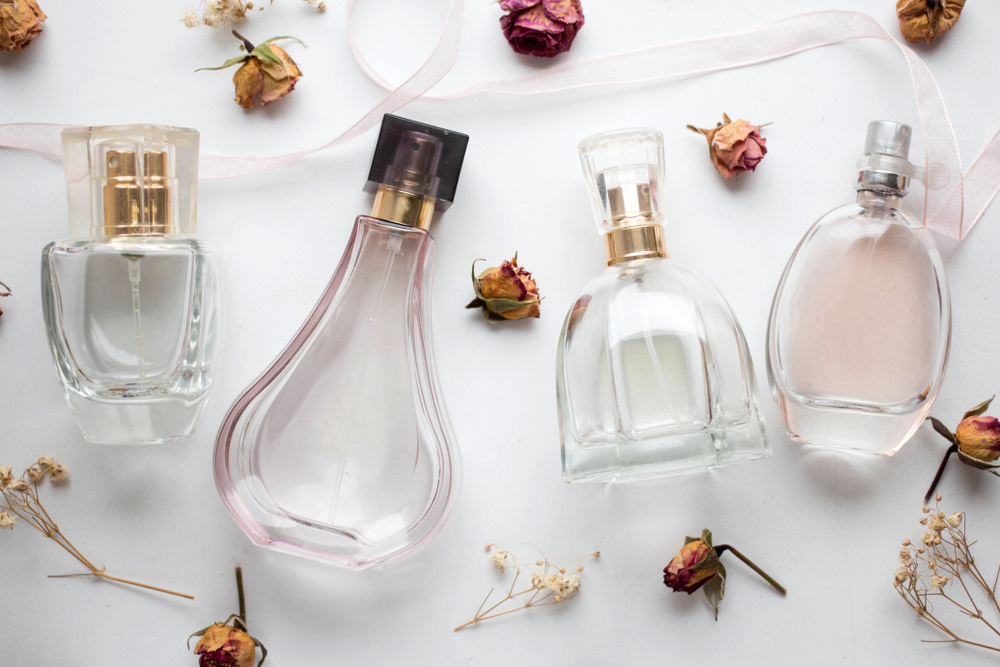
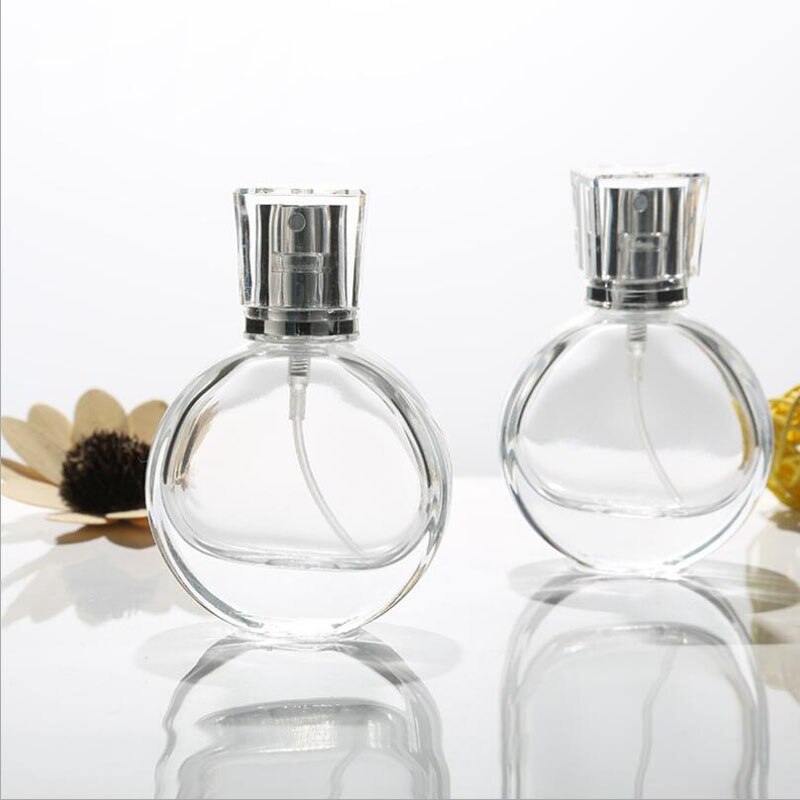
 Admin
Admin 